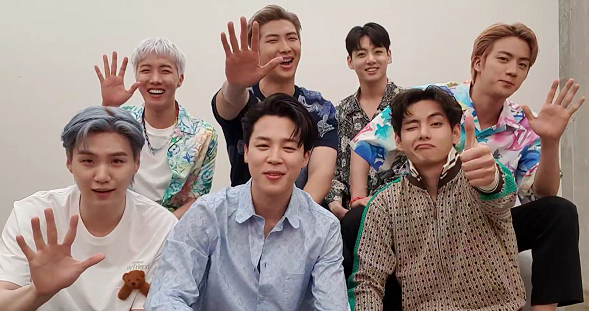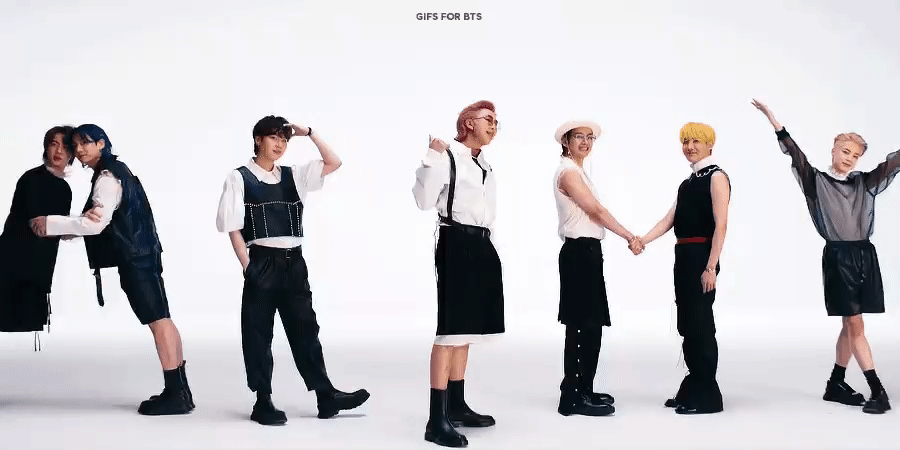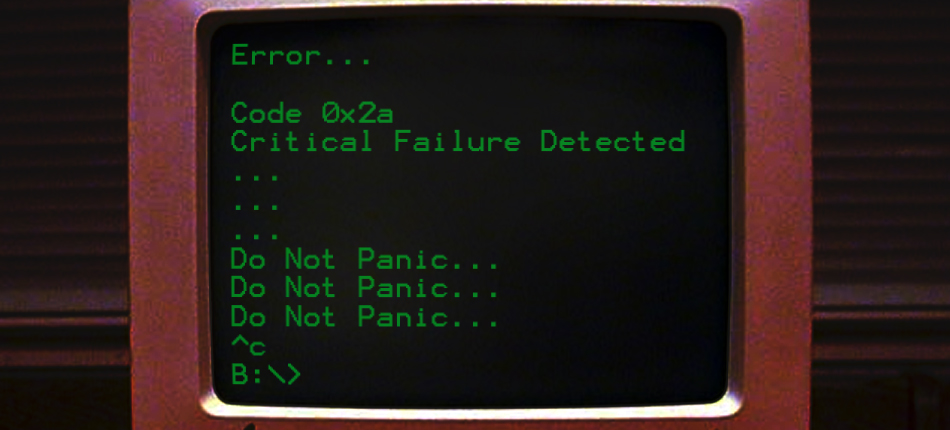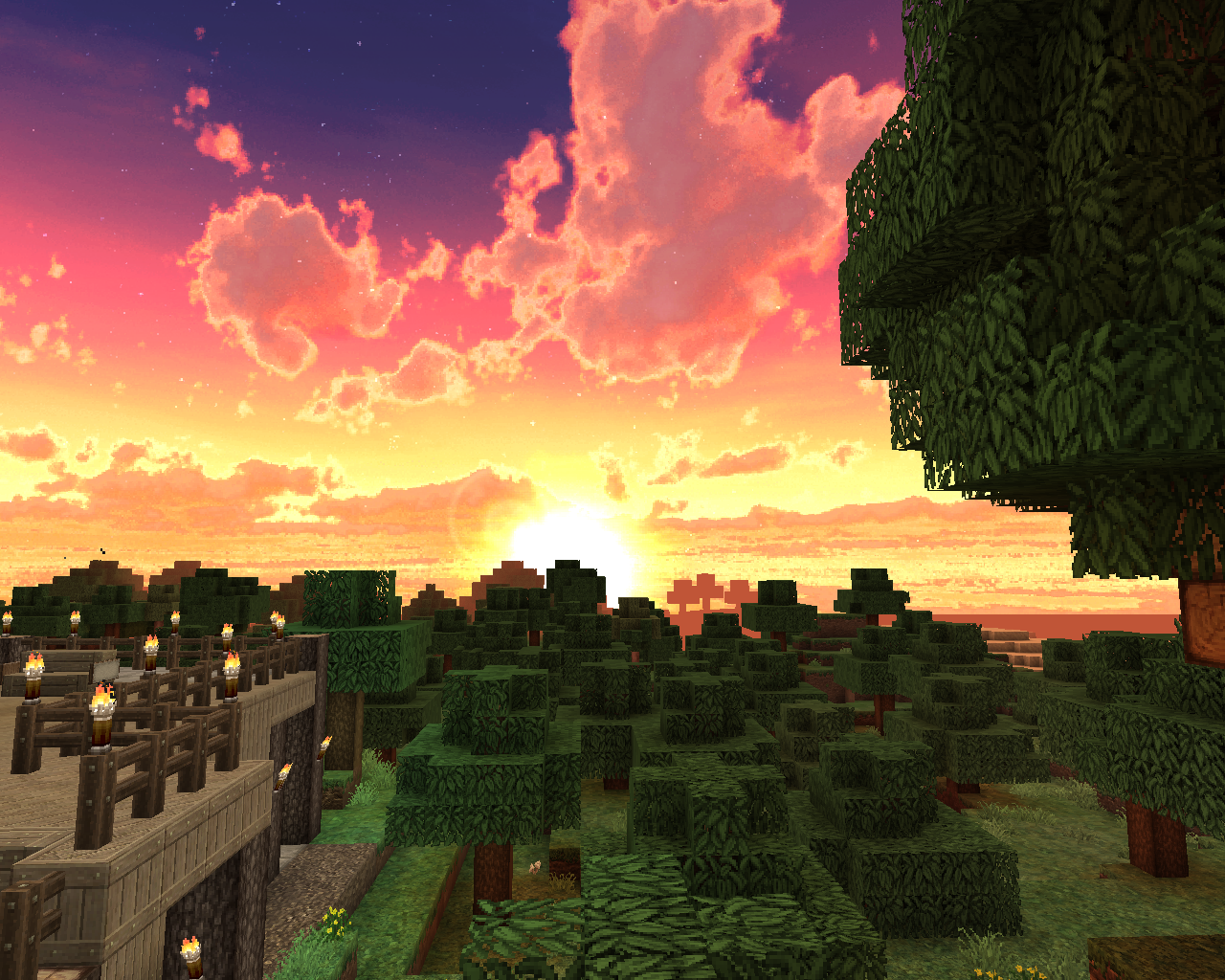Check out the episode through your favorite listening platform here: https://spotifyanchor-web.app.link/e/g5SeBAqe3Eb
Tag: HCI (Page 1 of 5)
I am happy to share that our article for the ACM XRDS Magazine is now available.
“You’re my best friend.”: finding community online in BTS’s fandom, ARMY
The COVID-19 pandemic was a time of unexpected isolation for many, as well as a time fraught with uncertainty. In this article, we explore how many turned to playful online communities across a number of social media platforms as a place of connection and support.
You can find more information about my research with ARMY: https://kateringland.com/btsarmy/
-
research-article
“You’re my best friend.”: finding community online in BTS’s fandom, ARMY
The COVID-19 pandemic was a time of unexpected isolation for many, as well as a time fraught with uncertainty. In this article, we explore how many turned to playful online communities across a number of social media platforms as a place of connection …
Just over a week ago, I pulled out of a conference that I was meant to be presenting at this week. So, instead of having a jam-packed week full of presentations and research, I spent the time reflecting (and taking some extremely needed downtime). Now that I’ve taken that time, I wanted to reiterate my commitment to my community in my community-based research.
To be clear: My community in this discussion is BTS and ARMY. I can get a lot more detailed on what that means, but suffice to say this means the people in online and offline spaces who identify as OT7 ARMY. (Happy to talk with you more if you’re curious, just setting the stage for this blog.)
Some of this will be repeating this thread on Twitter and also this thread, but wanted to have one place where this was housed that I (and others) could reference.
Why Me?
I am an academic (I received my PhD in 2018 and now work as a professor) and I study how people use technology in their everyday lives. My expertise is in social platforms and play. What this means is I study games and other social media, but I also keep tabs on other technology.
I research communities and focus on how people interact with one another, how they make and keep relationships, and how the platforms they use help people support each other.
I also have a focus on disability and disability activism. I am myself disabled and use that as a lens to approach all of my work.
I work in communities I care about. I’ve written about this in other threads, but this work takes a lot of time/energy and very careful planning. I wouldn’t do this if I didn’t deeply care about this community.
As a disabled, neurodivergent scholar, I am very very aware of what it means to be othered and marginalized. With that experience, I try to bring compassion & understanding to everything that I do.
Why Research ARMY?
I have several reasons.
ARMY is amazing and the amount of work that happens in this community has already been noticed by outsiders. I hope to highlight some of this, as well as finding out how we can design technological platforms to better support ARMY activities.
I study play and care, which are both things that ARMY excel at. I want to help other people see and understand that about our community.
People are already researching ARMY, whether members of ARMY like it or not. I would love it if the people doing the research were actually ARMY, so they could better contextualize their findings. Worse are the people (who we’ve mostly seen in the form of journalists, but some researchers as well) who have a bias against ARMY and seek to prove it through their research. I do research to give a different perspective.
People are dismissive or ARMY. We know this. By having published research, I hope that we can have concrete things to point people to when they are like this. I have found with other groups I have done research with, that having the published research is a way to showing legitimacy in the face of critics.
What Now?
I am currently conducting my research in my day-to-day life as an ARMY. What does this mean? I spend a lot of time observing what goes on around me and reflecting on it. I write a lot. Most of my writing goes unread by everyone except me. However, eventually some of my writing ends up in blogs like this one or articles that get reviewed by other researchers.
In fact, I have a survey open right now for ARMY to take. I am hoping to combine survey results with my own ethnographic work to improve the reach of my research and to help me triangulate some of my findings.
Survey is here: https://tinyurl.com/BangtanSurvey
I am also extremely committed to making sure ARMY also have all the interesting findings from my work. There are actually lots of things I’m learning and seeing that the research community doesn’t even care about (their loss). So I’m releasing those as I have time to put them together. Here’s an example video I made last week during my downtime.
How Do I Ensure ARMY Isn’t Harmed?
I have taken many precautions in my work to make sure that ARMY and BTS are not harmed to the best of my ability. I’m human and I am sure there will be times this isn’t perfect. However, I still do my best. I’m going to end this article by listing some of the things I have done or plan on doing in this regard.
- Transparency. Wherever possible I am transparent about what I am doing and how I am doing it.
- Care with who I am sharing any data and what they actually have access to. When it comes to tweets, for example, I do not have any direct quotes from ARMY in my published work. I do not include usernames unless I’ve been given very explicit permission (this has only happened once, for a very specific reason, and I didn’t user the full username).
- Making sure the community (and in this case BTS) are discussed respectfully and within community norms. (Yes, I have had to fight on this and I will continue pushing back.)
- Ensuring the places I am presenting about ARMY are safe for ARMY. This means pulling out of conferences and publications if I need to.
- Making sure there is enough context and historical background when discussing anything about communities.
This blog will be a living document that I will come back to as needed in order to update as I work. I’m constantly iterating on my process and love learning from my community!
More about my research here: https://kateringland.com/btsarmy
We will be presenting this preliminary work at the CSCW 2021 workshop, “Future of Care Work: Towards a Radical Politics of Care in CSCW Research and Practice.”
There has been a recent effort to expand how we think about and design for care in digital spaces—including theorizing about care beyond formal or medicalized activities [1, 8, 9]. But there still remains unanswered questions about care in playful spaces, especially for adults. What types of care occur in these spaces? Our study examines this question by exploring fandoms on social media. We define fandoms as playful (online) communities that align around a particular interest (e.g., specific media or a person). Fandoms are meant to be for fun or pleasure and are often entirely separate from other parts of a person’s life, at least overtly [3].
In particular, our study in an ongoing ethnographic investigation of ARMY, a fandom that supports the Korean music group BTS. ARMY and BTS has piqued the interest of both mass media and academia in the past for some of their altruistic engagements including include supporting their community, artists, music, and social causes [2, 6], as well as BTS’s positive impact on mental health [5]. The care activities this community engages in is also bidirectional with BTS and ARMY caring for each other mutually. ARMY engages in many practices of care, even towards members of the band, defending them when controversies arise or posting words of concern for members’ health.
For this work, we are adopting a decolonial lens to understand care activities as relational and epistemically privilege the members of ARMY. This is especially important as ARMY has experienced delegitimization and stigamatization, including through discriminating on the basis of gender or age (e.g., [4, 7]). The need for a decolonial lens is heightened because of the origin of BTS (i.e., Korea) and the diversity of ARMY membership [2]. In this work, we aim to expand our understanding of care both by looking at playful online spaces where adults socialize and seek informal community support and through a decolonial perspective during data collection and analysis.
AUTHOR BIOS
Kathryn Ringland, PhD, is an Assistant Professor at the University of California Santa Cruz. Her areas of interest include human computer interaction, games studies, and critical disability studies.
Christine Wolf, JD, PhD. is interested in the intersection of CSCW, accessibility, and the future of work.
Tessa Eagle Tessa Eagle (she/her) is a third-year Ph.D. student in Computational Media at the University of California, Santa Cruz. She conducts research within human computer interaction and digital mental health.
Kevin Weatherwax is a fourth-year PhD student in Computational Media at the University of California, Santa Cruz. Presently he is researching satisfaction in robot-mediated collaborations, expressive curiosity for interaction design, and parasocial engagements with nonhuman agents as assistive technology for neurodivergent populations.
REFERENCES
[1] Cynthia L. Bennett, Daniela K. Rosner, and Alex S. Taylor. 2020. The Care Work of Access. In Proceedings of the 2020 CHI Conference on Human Factors in Computing Systems. ACM, Honolulu HI USA, 1–15.
[2] BTS ARMY Documentary Team [@amidocumentary], On Wings of Love [@OWOLMovie], and Research BTS [@ResearchBTS]. 2020. BTS ARMY CENSUS. https://www.btsarmycensus.com/.
[3] Mark Duffett. 2013. Understanding Fandom: An Introduction to the Study of Media Fan Culture. Bloomsbury, New York.
[4] Emily. 2021. Fangirls, Fandom, and BTS – A Letter to the ARMY.
[5] Jin Ha Lee, Arpita Bhattacharya, Ria Antony, Nicole Santero, and Anh Le. 2021. “Finding Home”: Understanding How Music Supports Listerners’ Mental Health Through a Case Study of BTS. In Proc. of the 22nd Int. Society for Music Information Retrieval Conf. 8.
[6] So Yeon Park, Nicole Santero, Blair Kaneshiro, and Jin Ha Lee. 2021. Armed in ARMY: A Case Study of How BTS Fans Successfully Collaborated to #MatchAMillion for Black Lives Matter. (2021), 14.
[7] Lady Flor Partosa. 2021. We Are Not Robots: A Preliminary Exploration into the Affective Link between BTS x ARMY. The Rhizomatic Revolution Review [20130613] 2 (March 2021).
[8] Austin Toombs, David Nemer, Laura Devendorf, Helena Mentis, Patrick Shih, Laura Forlano, and Elizabeth Kaziunas. [n.d.]. Sociotechnical Systems of Care. CSCW 2018 ([n. d.]), 7.
[9] Austin L. Toombs, Shaowen Bardzell, and Jeffrey Bardzell. 2015. The Proper Care and Feeding of Hackerspaces: Care Ethics and Cultures of Making. In Proceedings of the 33rd Annual ACM Conference on Human Factors in Computing Systems (CHI ’15). Association for Computing Machinery, New York, NY, USA, 629–638.
This is a continuation of my series of blogs recapping CHI 2019. You can catch up with the first blog, if you missed it, and the second blog on self-care at conferences, and the third blog on the social impact of our research. In this final blog of my CHI 2019 series, I wanted to answer a Frequently Asked Question: “How are you managing being at CHI with kids?”

The short answer: Not easily. It’s hard. It’s expensive. I have to make tough choices.
The longer answer: I was fortunate enough to be one of the inaugural postdocs to get a grant from Northwestern that helped cover the cost of my mother’s plane ticket. This grant was to help postdocs who have dependents still attend conferences. It’s meant to cover costs such as a caregiver at home or for a child or caregiver to travel with. My daughter is still nursing and has never taken a bottle, no matter how much convincing we try to do. So, we made the choice that she comes with me on my overnight trips until she’s ready to not do that anymore.
What does this mean, really? That every time I want to travel, my daughter comes with. But if I am presenting or trying to network, I’m also looking for childcare. It’s difficult to be watching a running toddler while networking at cocktail hours or staying out late at dinners or after-dinner drinks. So, for a long international trip like CHI in Glasgow, I bring my mother who gets to spend time with her granddaughter while I’m off networking, going to workshops, and giving presentations. I will be real and tell you that this wasn’t an ideal set-up, but compared to the wrangling and horrible experiences of going to onsite job interviews with her as a 5 month old, CHI looked like cake.
I’ve learned to make tough choices. Do I go to this dinner or an afternoon session? Do I skip the morning in order to be able to stay out later that night? Do I bring the toddler to the poster session in order to give my mother a break? Much like other people who have accessibility issues or other needs, I have to prioritize what is most important to get out of a conference and not feel guilty or like I missed out on all the rest. And this is above and beyond the fact that I do have my own set of physical needs and accessibility issues. I learned very early on in my PhD that taking care of myself was the most important part and then prioritizing everything else after that.
I’ve also come to rely on the support not just of my own family, but of the wider network of Academic Mamas. I’m part of a large Facebook group, and many smaller groups as well. These women have really helped me figure out how to navigate the sometimes challenging and strange waters that is academic life.
My daughter is going to be done nursing soon. There will be a time, probably in the not so distant future, that I will miss these moments I got to spend with my children while they were young. While doing my research well and hopefully getting a job this coming year are important to me, I do have to stop and recognize that these moments will not be here forever.
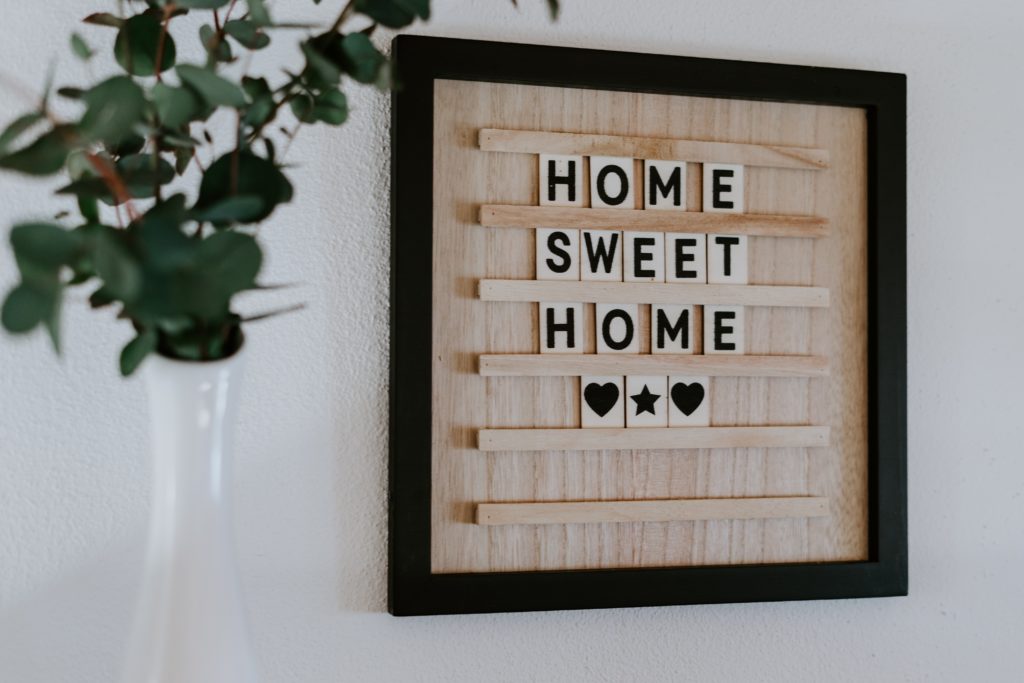
And I also would like to take this moment to recognize that this is very hard. Being a full time postdoc, going on the academic job market again, and being a mom to two young children is supremely challenging. I relish the challenge. But I want to say to other Academic Moms who might be reading this: I see you. This is hard work. Take a moment to appreciate yourself and all that you do for your little ones.
This is a continuation of my series of blogs recapping CHI 2019. You can catch up with the first blog, if you missed it, and the second blog on self-care at conferences. For this week’s blog post, I am focusing on social justice and the social impact of research. A number of problems with accessibility arose during the CHI conference, which led to, among other things, a protest by disabled scholars during the CHI Town Hall.
But on a more positive note, this year at CHI, my advisor, Gillian Hayes, won the social impact award. You can and I highly recommend watching the full speech about doing socially impactful work in the CHI community.
As researchers, we are in an enormous place of privilege to be able to do the work we are doing. This privilege did not necessarily come easily and those that are more junior have to work harder than ever to earn that privilege. We have worked hard to educate ourselves. Speaking of which, if you want the list of recommended books from Gillian Hayes’s talk check it out here. However, the number of articles coming out about grad student mental health (as in, they are not healthy) is growing. Young scholars coming from marginalized groups are finding it more challenging to stay in academia, with many leaving altogether. How can we leverage the privilege we have not only to help the communities we work with, but elevate them? How do we elevate those within our own walls that get discounted or even out-right oppressed? This work is hard, but we do not need to make it so very hard, especially if we have any hopes of increasing diversity.
Social impact in research means building relationships in the communities we work in. And relationships means building trust and a true understanding what people need. My own Autcraft work is an example of how I worked closely with a community to help them understand their practices and they were able to leverage my work to help them reach their own goals.

As a sneak peek: Along with my cousin, the wonderful Annie Forsman-Adams, I am in the process of co-founding a nonprofit organization, The Kaina Institute for Equitable Research, to continue some of my community-based work. There are many paths to doing research that has a positive impact on communities and still furthers one’s own research agenda. Let’s all keep up the good work and push ourselves even further. Let’s see what kind of force for good we can be in the world.
Gillian Hayes won the CHI 2019 Social Impact Award and gave a wonderful speech, which you can now watch from the convenience of your own device.
In this talk she gives a number of great book recommendations. I decided to pull all the titles and provide links to everyone can add to their own libraries. I’ve tried to provide links to all the items.
- HOCHHEISER, H., AND LAZAR, J. 2007. HCI and Societal Issues: A Framework for Engagement. International Journal of Human-Computer Interaction, 23(3): 339–374.
- MARGOLIS, J., AND FISHER, A. 2003. Unlocking the clubhouse: Women in computing. Cambridge, MA: The MIT Press.
- Emily Chang. 2019. Brotopia Breaking Up the Boys Club of Silicon Valley. Penguin Putnam Trade.
- Robin DiAngelo. 2018. White Fragility: Why It’s So Hard for White People to Talk About Racism. Beacon Press.
- Donna Haraway. 2006. A Cyborg Manifesto: Science, Technology, and Socialist-Feminism in the Late 20th Century. In The International Handbook of Virtual Learning Environments, Joel Weiss, Jason Nolan, Jeremy Hunsinger and Peter Trifonas (eds.). Springer Netherlands, Dordrecht, 117–158.
- Batya Friedman and David G. Hendry. 2019. Value Sensitive Design: Shaping Technology with Moral Imagination. MIT Press.
- Ramesh Srinivasan. 2017. Whose Global Village?: Rethinking How Technology Shapes Our World. New York University Press.
- Safiya Umoja Noble. 2018. Algorithms of Oppression How Search Engines Reinforce Racism. New York University Press.
- Shoshana Zuboff. 2019. Age of Surveillance Capitalism The Fight for a Human Future at the New Frontier of Power. PublicAffairs.
- Daniela K. Rosner. 2018. Critical Fabulations: Reworking the Methods and Margins of Design. MIT Press.
- Christopher A. Le Dantec. 2016. Designing Publics. MIT Press.
When you’ve finished reading all of those, I have another list for HCI researchers who wish to engage in community-based work. Check that out here: (Qualitative) HCI Student Reading List.
Given that I’ve recently returned from CHI, I thought I would write up a few of my thoughts in a little mini-series of blog posts. Some, like this one, will be related to research, while others will be related more to going to the conference and my reflections on academia and HCI more broadly given my experiences in Glasgow.
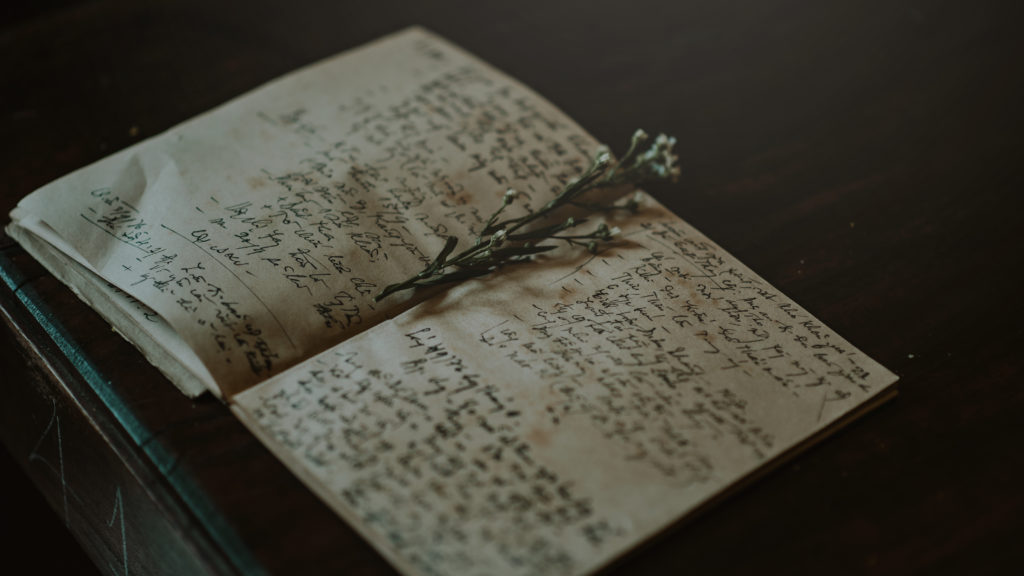
One of the opportunities I had this year, as a newly minted PhD, was to chair a session (that is, run the session of paper presentation, introduce the speakers, hand out the best paper awards, ask questions if the audience is shy, and, most importantly, keep to time). It was a fun job and gave me a chance to engage with the speakers for some great papers! So, I thought I would recap some of the highlights about play and technology that piqued my interest during the conference.
Play (with/through/around technology) is one of the pillars of my research, as you can read in the blog recapping my own paper presentation at CHI. The other work I saw presented was a nice compliment to my own research. One paper, “Coding for Outdoor Play: a Coding Platform for Children to Invent and Enhance Outdoor Play Experiences,” was about an outdoor play activity that teaches children how to code. This game also had a social component with children working together to create game rules (which translated as ‘code’). Another paper, “Group Interactions in Location-Based Gaming: A Case Study of Raiding in Pokémon GO,” also looked at social aspects of play in outdoor spaces. I think there’s a lot of interesting avenues of this research at the intersection of play (indoor or outdoor, virtual or physical), technology, and social interactions.
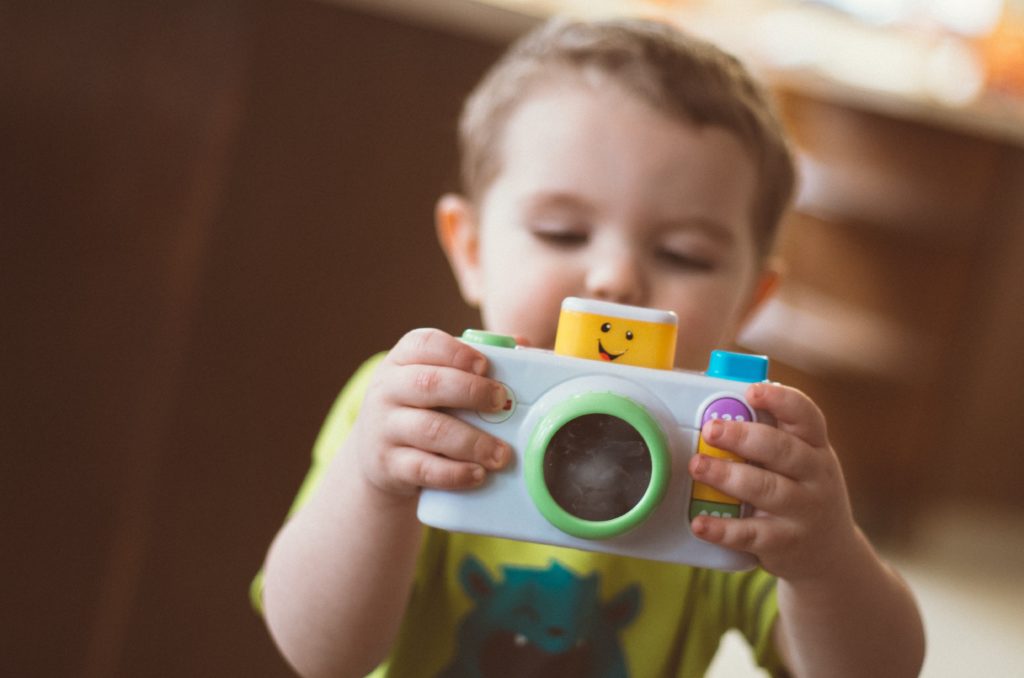
These papers give a us a road map forward in terms of understanding children’s play in the 21st Century. What most excites me about this work is I can see the opportunity here to be inclusive. Children with disabilities can benefit from augmenting environments with technology. I have seen this in my own work and I can see the natural extensions of some of the work above to move into disability spaces. In fact, Microsoft seems to also be moving a similar direction with the announcement of augmented reality Minecraft. This space is new and exciting, and I think with a little forethought and care we can make this inclusive for everyone.
Preview: Autism is a medical diagnosis that has attracted much attention in recent decades, particularly due to an increase in the numbers of children being diagnosed and the changing requirements for getting the diagnosis. In parallel online communities around autism—both those supporting individuals, families seeking treatment and those supporting embracing the autism identity—have grown. Other work has shown support groups can be useful for those encountering hardship in their lives. In this paper, I illuminate the tension in claiming the autistic identity within this community. The walls of the community work to keep community members safe, but also set them apart from others on the internet. I see that the Autcraft community goes beyond being a support group for victims of targeted violence, to one that redefines and helps community members embrace their own autistic identities.
What is autism and what impact does the label of autism have?
Autism has been the topic of much public concern in recent decades, especially since the sensationalized “autism epidemic” swept through the media. As a medical diagnosis, autism focuses on challenges for individuals; such as whether they are verbal, make eye-contact, or are sensitive to change. Often, as a label, autism is given to youth in order to gain accommodations in school, or for medical treatment. Autistic youth often experience various ways in which this label is used to disempower and disenfranchise them.
This is the case for many youth that are a part of an online community, “Autcraft,” a community centered on a Minecraft virtual world for autistic youth. While those with autism are often the target of harassment and violence in online spaces, the Autcraft community has been actively engaged in making themselves a safe space for youth with autism. Beyond simply keeping bullies out, however, the community has taken the label of “autism” and turned it into something positive—a label worth identifying with.
In the Autcraft community, I have found that the label acts both as a target and as a way for community members to redefine their identities.
Targeting Autism
Concerns over safety of children is an ongoing concern for parents and other caregivers. This is particularly true of those with autistic children, as those with autism tend to be targeted both by their peers and by strangers [32]. Much like other marginalized groups, “autism” is used as a derogatory term. Further, threats of violence can be found across the internet, including in the comments section of YouTube videos, a site used by Autcraft community members. This is especially meaningful as other related work has shown the embodied experience in these online spaces can be as impactful as in physical spaces [29]. Unfortunately, these threats of violence can also result in actual physical harm.
Harassment, threats of violence, and comments about autistic people killing themselves can have a large impact on those targeted, such as additional stress and other psychological harm [22]. The harm, however, does not stop with verbal and written threats. Like other marginalized communities, those with autism face the very real threat of violence against them [14,15].
Here is a video related to these threats of violence in the autistic community at large.
Redefining Autism
There is evidence throughout the
Autcraft community of those who are expressing their autistic identity. Autcraft
community members may be learning to understand and accept themselves or their
child as an autistic individual, but they are also learning to deal with
challenges found outside the Autcraft community where they may not find
themselves accepted and face opposition.
[alt-text for embedded tweet picture: autsome, adjective, Having autism and being extremely impressive or daunting; inspiring great admiration. “My autsome child makes me proud everyday!” synonyms: breathtaking, awe-inspiring, magnificent, wonderful, amazing, stunning, staggering, imposing, stirring, impressive; informal extremely good; excellent. “The band is truly autsome!”]
Adopting “autism” and various forms of the word—as seen in the name of the community “Autcraft”—lends to a sense of identity with others who have the same or similar medical diagnosis. Aside from using “aut” or “autistic” in their user names (i.e., the names that are displayed with their avatars and forum posts, rather than a real-world name), the Autcraft community displays this acceptance through the creation of autism-centric words, such as “autsome.” According to a community post, “autsome” means, “Having autism and being extremely impressive or daunting” and “extremely good; excellent.” Scholars have described how those with disability are often held to a higher standard and those who are “extreme” tend to be held up as inspirational. This type of “inspiration” frames disability as something to be overcome, while achieving difficult objectives. However, I argue that having language such as “autsome” is meant to be inspirational not for others looking in to the Autcraft community, but for the autistic children who are otherwise dealing with a barrage of negative language about autism. This reframes autism as an identity that is worth embracing, rather than overcoming.
Autcraft community members actively work to reshape the mainstream dialog about autism. First and foremost, members try to lead by example, following a set of tenets set out by community founders that encourage and promote good behavior. Community members also engage in outreach to both educate others and to make their own expressions of their autistic identities more visible to others. Members of the Autcraft community engage in activities—much like creating memorials for victims of violence—that purposefully shed light on the hardships they have faced. These efforts are examples of how those with marginalized identities fight back against oppression. As scholars, by listening to these community members and understanding their activities, we can begin to elevate the voices of those who have long been silenced.
For more details about our methods and findings, please see my paper that has been accepted to iConference 2019 (to appear in April 2019). Full citation and link to the pdf below:
Kathryn E. Ringland. 2019. “Autsome”: Fostering an Autistic Identity in an Online Minecraft Community for Youth with Autism. In iConference 2019 Proceedings. [PDF]
Acknowledgements: I thank the members of Autcraft for the warm welcome to their community. Thank you to members of LUCI for their feedback and special thanks to Severn Ringland for his diligent editing. I would also like to thank Robert and Barbara Kleist for their support, as well as the ARCS Foundation. This work is covered by human subjects protocol #2014-1079 at the University of California, Irvine. This work is supported by the National Institute of Mental Health (T32MH115882). The content is solely the responsibility of the authors and does not necessarily represent the official views of the NIH.
How to handle multiple authors, get a your paper written, and not drive everyone crazy
For those just starting out in the paper writing process: Welcome! It’s an exciting journey! In the field of HCI, having multiple coauthors is normal. So, in the spirit of helping everyone out, here is a handy guide to help manage the project of getting a paper written when there are multiple coauthors. (And honestly, some of this is probably good if you’re solo on a paper, too.)
A PDF version of this guide is available here.

Step 1. Establish norms among the authors.
- Versioning: how will you handle multiple versions of the paper? Where will they be stored? Who will have access to them? What software will you be using?
- Along with versioning, set clear norms around document names and stay consistent for the entire lifecycle of the paper.
- Authorship: clearly identify tentative author order,
explain community norms to outside authors, establish expectations of %
contribution
- This also means establishing when various authors on the team will be involved. Some may come in at the end to shape the discussion while others might help with literature review. This should be decided upon now to avoid surprises down the road.
- Set deadlines. Be flexible. Know that everything will probably take 3x longer than you expect.
Step 2. Early-stage Drafts.
- Adhere to versioning established in step 1.
- Co-writing or tandem writing is fine for early stages of writing. This includes splitting up the sections between different authors. Be sure everyone is aware of what everyone else is doing to avoid doubling up on the work.
- When making big conceptual decisions about the paper, consult all of the authors involved for feedback.
Step 3. Later-stage Drafts.
- After some agreed-upon time (as most sections are filled in, for
example), move to writing in sequence, rather than parallel. This helps avoid
having a choppy sounding paper and makes sure things like the overarching
thread is pulled throughout the paper.
- This means someone will have the “lock” on the paper. Establish norms around how this is specified and handled. This can be a simple “I have the lock” to the group via email (or slack), meaning no one else should be working on the draft. Or using file names in the shared folder to indicate when a draft is “in progress” or “done.”
Step 4. Final Draft & Submission.
- Congrats on getting to a final draft! Be sure all authors have signed off on the final version before submitting.
- Be sure to send the final version after submission for everyone’s records.
Step 5. Revisions & Camera Ready.
- Co-authors are great for sharing the joy of an acceptance or commiserating over a rejection. Be sure to be clear about who will be helping with revisions if needed.
- If a paper is being resubmitted to another venue, this entire process starts over again. Good luck!
*Other Thoughts*:
- Clear, frequent communication is key. Ghosting your co-authors isn’t cool.
- This process is hard and everything I mentioned above are skills. That means the only way to get better is through practice.

What other things are important to remember about the writing process? Leave a comment below!
